Why eclectic Mexico City must be on your travel bucket list
A handy guide to emerging creative cuisine and the captivating culture.
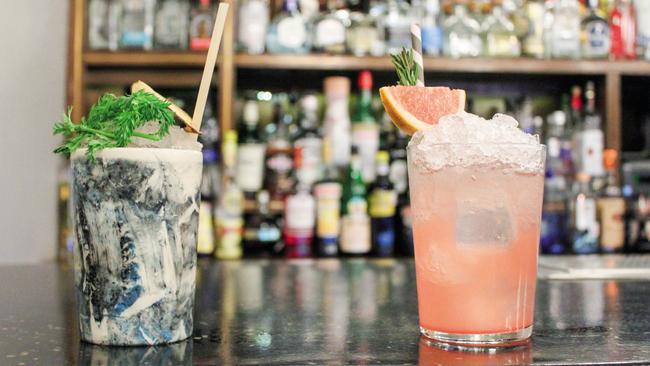
As a fertile ground for artists, Mexico City provides endless inspiration. Witness a buzz of creativity beyond the city’s great museums and galleries as you explore traditional markets and cutting-edge designers’ boutiques. And the city’s wide and eclectic culinary scene allows you to try traditional Mexican dishes, highbrow tasting menus and delicious street snacks, all in one day. A few tips on the city’s best.
-
FABULOUS COFFEE
■ Almanegra Cafe, Roma Norte
This story began in 2014, when a trio of friends — Octavio, Matzuko and Gabriel — decided to team up and bring a top-notch coffee house to their neighbourhood, Colonia Narvarte. A couple of years later, they opened a second, larger location, in Roma Norte, where the goal remains the same: to serve the cleanest, most balanced specialty coffee.

Only beans that score 80 points or higher make it to Almanegra and can come from Mexican regions, such as Oaxaca and Chiapas, or other countries. A seasonal rotation means you’ll always find three options: a washed coffee, a natural coffee and a guest coffee (previous collaborations include roasters from Berlin and Colorado).
Straightforward drinks are the best way to understand the Almanegra approach. Try the cappuccino or the cold-brew nitro (which you can take with you in a beautiful, recyclable bottle) or the Gibraltar, like a flat white style served in a Gibraltar glass that pays tribute to San Francisco’s legendary Blue Bottle coffee. If you love carbs, you’ll find joy in the cookies provided by Kim’s Kitchen (in flavours like s’mores and lavender), and in the pastries baked by fellow Narvarte baker Panadería Costra, including the three-chocolate concha (sweet bread) and the caramelised banana and chocolate tart.
● almanegracafe.mx
-
FINE DINING
■ Pujol, Polanco
Chef Enrique Olvera founded this restaurant in 2000, and he has built quite the reputation since, but that doesn’t mean he has rested on his laurels. These days, his landmark restaurant remains as fascinating and delicious as ever. Eating here means trusting the kitchen entirely.
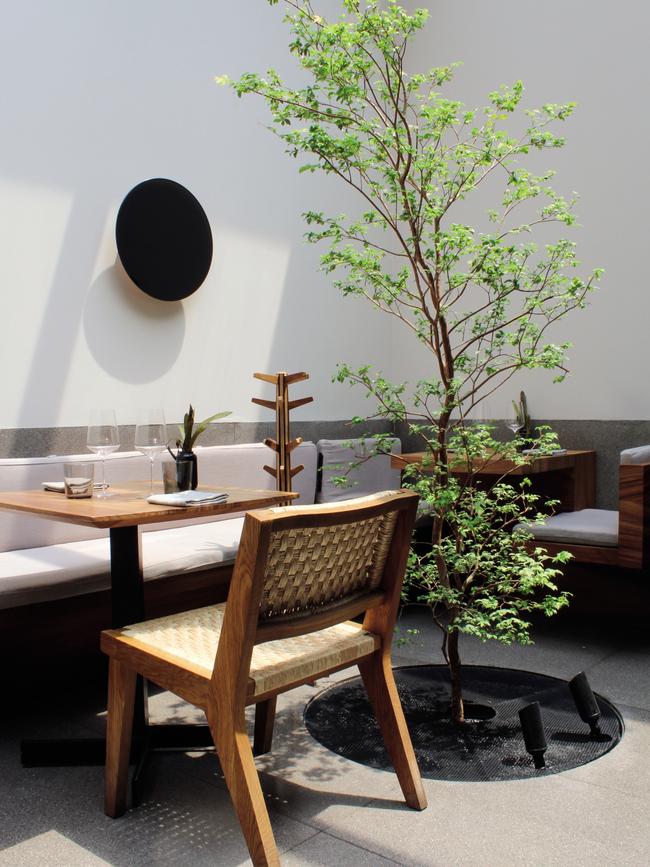
It’s a tasting menu only and there are two versions: one inspired by the sea (with dishes like striped bass with hoja santa and tomato jam) and the other inspired by corn (featuring creations like sweet potato with pine nut mole sauce). A third option is the very fun taco omakase: a 10-course parade of handheld treats, such as a lobster taco on an hoja santa tortilla and served with interesting pairings, including sake, mezcal and wine. All three menus feature Olvera’s legendary mole sauces (a complex sauce featuring many ingredients): mole madre and mole nuevo, a 36-ingredient mole that has been ageing for about 1900 days (and counting), topped with a dollop of freshly cooked mole. Reservations are advised at least two or three months in advance. The gorgeous surroundings — take notice of the terrace, with lush greenery and pretty fire pits — come courtesy of architect Javier Sanchez, while the playlists are curated by Olvera himself.
● pujol.com.mx
MORE IN TRAVEL: Louvre Abu Dhabi | Beyond the wines in Margaret River | The Mexican holiday hotspot of Los Cabos
-
COCKTAIL HOUR
■ Licoreria Limantour, Roma Norte
A decade ago, when rum-and-Cokes and fruity martinis were the norm in most bars in town, Limantour came in to shake things up (pun intended). Setting up shop in a gorgeous two-level house, at Alvaro Obregon 106 in Roma Norte, its team of superstar bartenders taught locals how to wait patiently for a properly shaken cocktail, prepared with ingredients like high-quality spirits, fresh juices and homemade bitters. Over the years, the bar’s reputation has grown, earning it high spots on prestigious international lists, as its team members, such as Jose Luis Leon, constantly make stellar appearances in bartending competitions. Yet none of this means fame has erased the bar’s easygoing essence; it remains a solid favourite among a diverse crowd of locals and visitors of all ages.
The atmosphere helps, too. The bar is quite lively all week long, but the music and chatter always allow for conversation to flow; while the two-level space, with art deco touches, means there’s plenty of room to mingle, though it’s not a bad idea to make a reservation. I keep coming back for the ever-inspired cocktail selection, featuring house favourites like Mr Pink (gin, grapefruit, lime, rosemary syrup and basil) or inventive creations that change seasonally. The staff’s constant travels plus their frequent collaborations with colleagues keep them inspired, and that shows on each page of the menu. There is also a second location in Polanco (Oscar Wilde 9).
-
CULTURAL MUSTS
■ Museo Nacional de Arte, Centro Historico
Even before you learn what’s inside this gorgeous palace, built in the early 20th century with neoclassical and Renaissance features, it is worth a visit. It once belonged to the Secretariat of Communications and Transportation, and was donated to the National Museum of Art in the 80s. It has been fully restored and boasts beautiful hallways facing a central courtyard, columns with intricate details and, the piece de resistance, a marble staircase right at the heart of the museum. The permanent collection is dedicated to Mexican works of art produced between the mid-16th century and the first half of the 20th century.

It includes pieces by some of the greatest artists the country has birthed, such as muralists David Alfaro Siqueiros and Jose Clemente Orozco, painter Jose Luis Cuevas (who actually belonged to the Rupturist Generation, which emerged in the mid-20th century to challenge the then-dominant Muralist Movement), photographer and communist activist Tina Modotti, and Saturnino Herran, whose early 20th-century paintings portray indigenous people with great strength and beauty.
The collection also includes sculpture, photography and decorative arts, and if navigating it sounds overwhelming, plan a visit between noon and 2pm, when the museum offers free guided tours.
● munal.mx
-
AMAZING SIGHTS
■ Palacio de Bellas Artes, Centro Historico
This stunning white marble palace, home to a theatre and the Museum of Fine Arts, was commissioned by president Porfirio Díaz at the beginning of the 20th century, as part of his plans to bring beauty and grandeur to the capital.
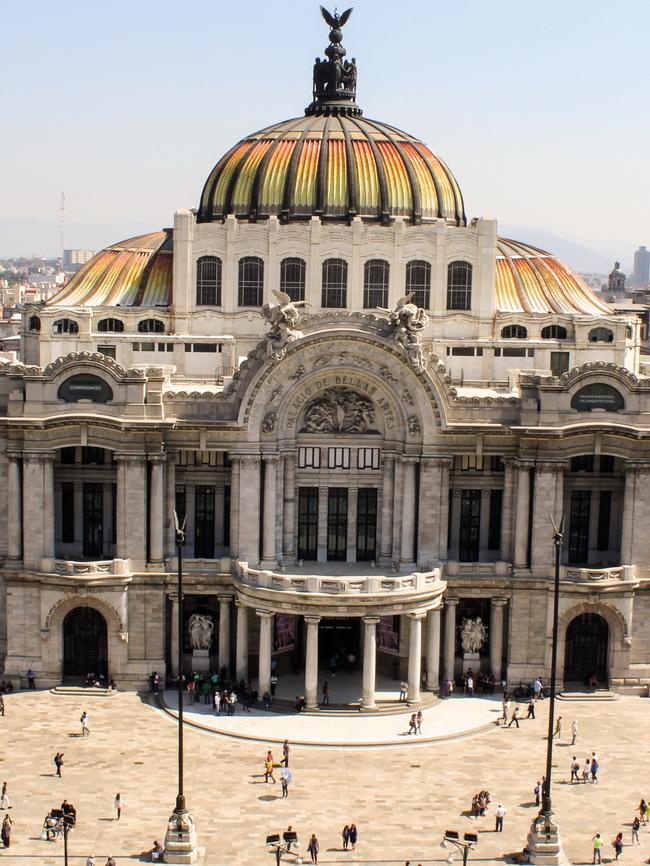
Italian architect Adamo Boari was in charge of the project, giving it its elegant Carrara marble exteriors and art nouveau touches. Construction was halted when the Revolution started in 1910; Mexican architect Federico Mariscal took over the project again in 1928, adding an art deco style and using modern onyx and marble for the lobby and interiors; and in 1934, it finally opened its doors as the Palace of Fine Arts.
Inside, you’ll find murals by some of Mexico’s most influential artists, including Jose Clemente Orozco’s Catharsis, David Alfaro Siqueiros’s The New Democracy, Rufino Tamayo’s Mexico Today and Diego Rivera’s Man at the Crossroads.
The National Symphony Orchestra and Folkloric ballet frequently perform in the theatre, and the stage is crowned by a stained-glass curtain with a picture of the Popocatepetl and Iztaccíhuatl volcanoes by 20th-century landscape artist Dr Atl.
● museopalaciodebellasartes. gob.mx

Museo Frida Kahlo, Coyoacan
To describe the cultural impact of Frida Kahlo, it’s enough to see the lines outside this museum, also known as La Casa Azul. The sheer force of her personality and the endless controversy around her art have turned her into a role model.
It’s wise to buy your tickets through its website a few weeks in advance and, if possible, try to visit on a weekday to avoid the crowds. As soon as you step inside, you’ll understand that Frida’s house makes perfect sense as a museum, as her art was always such an intimate reflection of her life. A victim of polio at the age of six and of a massive spinal injury at age 18, her story was always tainted with tragedy, but she was never afraid to address it in her work.
Neither was she afraid of touching on themes like hope, her body and her great love for her husband, muralist Diego Rivera. Admire some of her most important paintings, like Viva la Vida, My Family and Portrait of my Father Wilhelm Kahlo, as well as her favourite spaces, including her bedroom and colourful kitchen. The gardens, filled with trees and plants, are a little oasis. If you love Frida Kahlo’s work, also visit Museo Dolores Olmedo.
● museofridakahlo.org.mx
Museo de Arte Moderno, Bosque de Chapultepec
With more than 3000 paintings, sculptures, drawings and photographs, this museum holds one of the largest archives of 20th-century Mexican art. It boasts work from muralists like Jose Clemente Orozco, Diego Rivera, and David Alfaro Siqueiros; and the artists whose movement, the Rupture, followed them, such as Pedro Coronel and Manuel Felguerez. It also features photographs from Manuel Alvarez Bravo — one of the most recognised photographers in the country — and a large collection of sculptures and paintings from surrealist Remedios Varo.
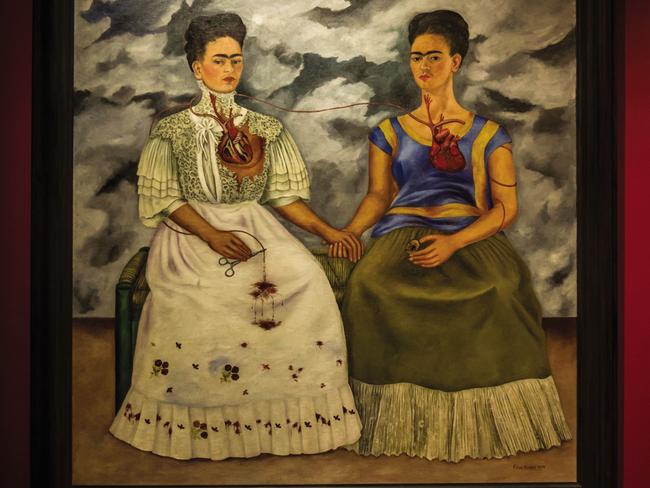
A symbol of Mexico’s entrance to the modern age, the museum was built by architect Pedro Ramírez Vazquez in 1964, a creation of marble, fibreglass and aluminium. The five domes in its two buildings have a peculiar feature: they are sound amplifiers. The museum has taken advantage of this by developing Bosque Sonoro (Loud Forest), a series of experimental music performances There is plenty to enjoy outside the galleries, too. Its cafeteria, Irracional Cafe, not only brews great coffee but also offers picnic food and tea tastings in the museum’s sculpture garden.
● mam.inba.gob.mx
Museo Tamayo, Bosque de Chapultepec
Oaxacan painter Rufino Tamayo, one of the most influential and beloved artists in Mexico, founded this museum in 1981, a decade before he passed away. His work is at the heart of the museum, whose mission is to showcase the most innovative pieces of modern and contemporary art. The legacy of Tamayo and wife Olga resonates through both through its permanent collection and its temporary exhibitions.

The modern art collection is a summary of the avant-garde movements of the late 20th century, while the contemporary art collection, curated after Tamayo’s passing, aims to bring continuity to his vision, and each piece has either been donated or created exclusively for the museum by the artist.
The building, which blends into the surrounding Chapultepec landscape, was designed by Mexican architects Teodoro Gonzalez de Leon and Abraham Zabludovsky. Because of the way it seems to sprout from the ground and allows for a clever interaction of light and shadow, it’s not only an interesting sight for visitors, but it earned its designers a National Arts and Sciences Award in 1982. For a further taste of Mexican creativity, stop at the store — focused on local design — and the restaurant, which specialises in contemporary Mexican food.
You can book a guided tour in English, or perhaps catch one of their movie or live jazz nights.
● museotamayo.org
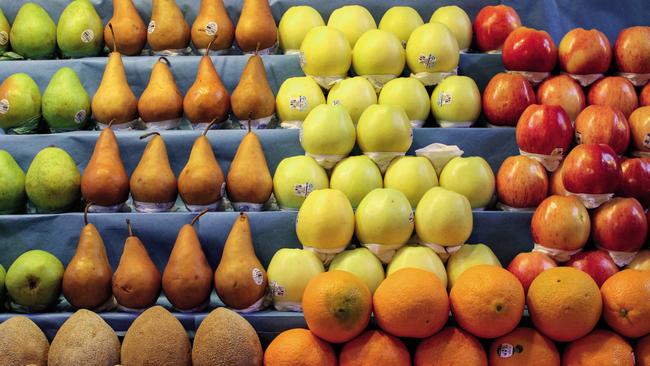
-
TO MARKET, TO MARKET
■ Mercado San Juan, Centro
If there’s one thing you’re going to need at this market, it’s an appetite. Beloved by chefs and food lovers from in and out of town, this is the place for high-quality ingredients, from bright, ripe fruit to crazy-sounding stuff such as alligator meat. The best course of action is to walk around and ask for samples whenever possible. Fruit and vegetable vendors carefully assemble the freshest limes, mangoes, bananas and harder-to-find items, like passionfruit or yucca. At the seafood section, you’ll spot heaps of shrimp and huge snappers so fresh that it might feel like they’re looking at you; butchers and poulterers will be minding their own business, usually to the sound of loud music; the meat vendors at Los Coyotes will ask if you’re interested in trying some deer, rabbit, bison, armadillo or do you care for an ostrich taco; and at La Jersey, a small glass of clericot will convince you to have a seat and order a baguette filled with fantastic cold cuts and cheeses from Italy and Spain. You won’t be sorry. Deal with the post-lunch yawns with a cup of coffee from Triana Cafe, with beans that hail from Veracruz.
This is an edited extract from Art and Fiesta in Mexico City: An insider’s guide to the best places to eat, drink and explore by Cristina Alonso, published by Hardie Grant Travel; $29.99.
